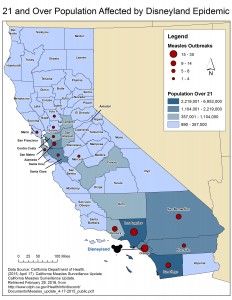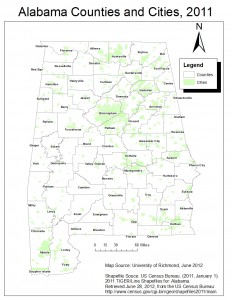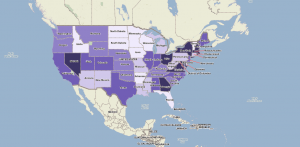My name is Rizza Rivera, and I am a sophomore from Jersey City, New Jersey. I have lived in New Jersey for all of my life, but I attended an all-girls boarding school in Sparks Glencoe, Maryland for high school. I’m currently pursuing a Health Care Studies major. I have been involved in several cultural activities on campus: Ritmo Latino, our Latin dance group; the Multicultural Student Council, a planning committee for multicultural admission events; and Multicultural Pre-Orientation. I also volunteered with World Pediatric Project, a non-profit that provides intensive surgical care to Latin American families who cannot obtain it in their home countries. Over the summer, I interned with a non-profit called Wight Foundation, which helps inner city minority middle school students to obtain better education opportunities outside of New Jersey. This is the same program that I went through when I was in middle school to attend my boarding school in Maryland. Because I grew up and live in the inner city and have constant support from Wight Foundation, I always possessed a passion for bolstering those who are usually underprivileged—and in most cases, the underprivileged are minorities. The clubs and positions that I have historically taken—Multicultural Student Council member, Multicultural Pre-O advisor, WPP volunteer—have demonstrated my passion for bolstering those who are typically undermined and exposing these individuals to opportunity.
A major in Health Care Studies aligned perfectly with my passions, which is why I decided to pursue this major. This geography class, Introduction to Maps and Geovisualization, is a requirement for my major, but this class also seemed like one of the more interesting major requirement classes because I would be working with a software that is totally unfamiliar to me. Geographic Information System is used widely among public health and epidemiological professionals, so I am very excited to learn how to use a system that I might be able to use later in my professional career. I hope to use GIS in order to research some topics that are very important to me, such as minority health, environmental issues, and social problems. I have always been curious about how resources—be it medical, academic, or occupational—are dependent on place of residency, and I especially want to research why this disparity between impoverished areas and affluent communities exists. I have learned in my Health Care classes that factors like residence and environment directly affects public health, so I want to expand on what I learned and hope to learn more about how public health and geography cross paths.




